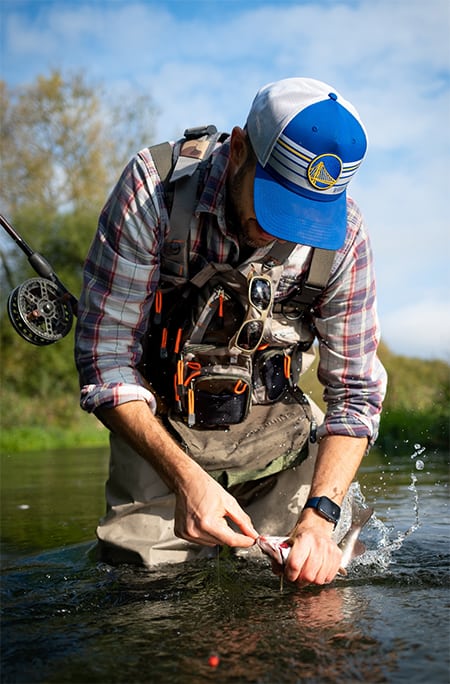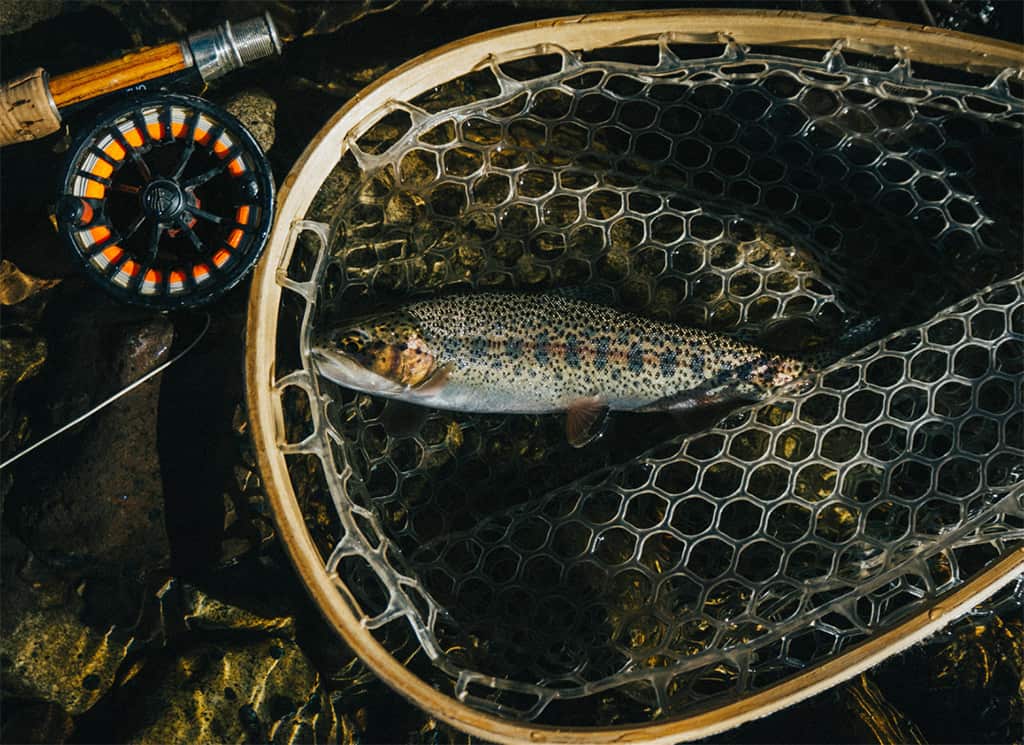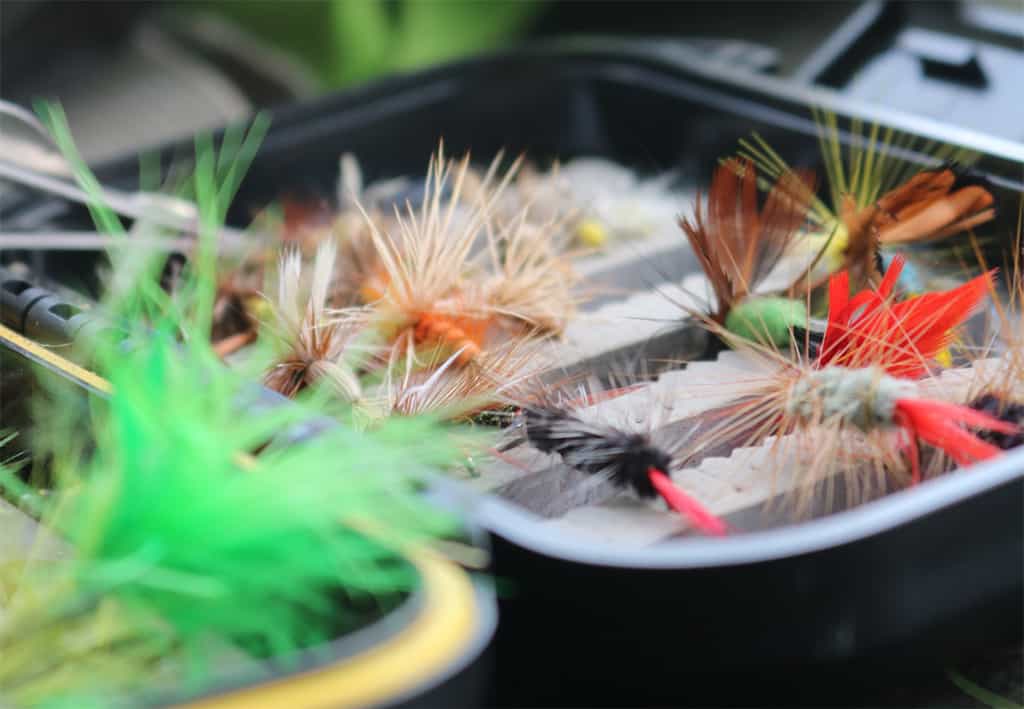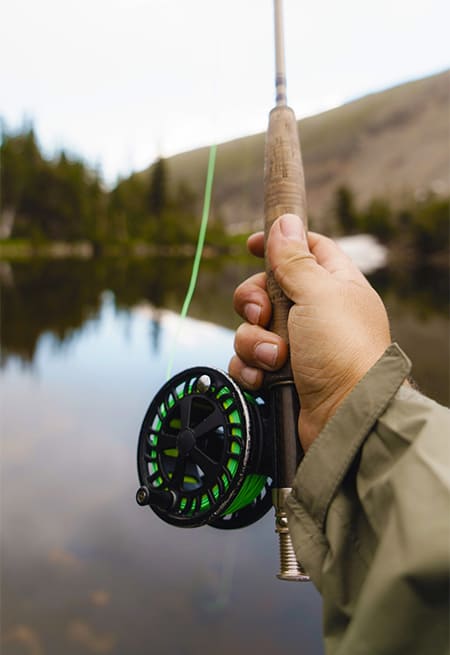When people who love the meditative outdoor art of flyfishing talk about the streams and lakes of the Western Catskills, you can hear the reverence in their voices.
Part of that is because the area is the birthplace of American dry-fly fishing: the art of casting “flies” created from feathers and animal hair to imitate insects that fish like to eat. A writer named Theodore Gordon, originally from Pittsburgh, discovered the Sullivan County Cats in the late 19th century. An avid fisherman, Gordon had some flies sent to him by an English friend in 1890. He took to the waters of the Neversink and the Beaverkill, made a close study of what the fish there liked to eat, and customized the flies to suit their tastes. Later, he would craft his own, teaching himself the art of tying by studying The American Angler’s Book and corresponding with British experts.
Gordon died in 1915, a reclusive expert on fish and bugs living in a house in Bradley, one of the communities that was flooded when the Neversink Reservoir was created. His articles in the Fishing Gazette and Forest and Stream opened up a whole new world of angling, and became the first chapters in a story that is still being written over 100 years later.
Much has obviously changed since then, but the sparkling waters of the Catskills still offer what is universally considered some of the best fishing on the continent, especially when it comes to flies. If you’ve never tried this kind of fishing, the art may seem a bit overwhelming at first. Don’t fret. There’s a for-dummies guide out there, a vast array of YouTube vids, and—best of all—there are quite a few expert guides and outfitters in the area who can help you gain the confidence to, um, get your feet wet.




The Western Catskills is the birthplace of American dry-fly fishing: the art of casting “flies” created from feathers and animal hair to imitate insects that fish like to eat.
You’ll need a fly rod and fly reel (experts seem to agree that graphite rods and metal reels are best), and specialized fly line. The backing is a thick and often colorful line that fills your reel; the leader starts with a matching thickness and thins down to match the much thinner tippet, which is nearly invisible in the water. It’s possible to purchase a rod and reel combo that includes all of this, but talk to an expert first; sizes vary depending on the kind of fishing you plan to do.
The sparkling waters of the Catskills still offer what is universally considered some of the best fishing on the continent.
You’ll also want a net, a flyfishing vest that keeps you organized, waders for getting to the best spots, and polarizing sunglasses. Next, you’ll need to master the poetry of the flyfishing cast. It’s a graceful move that allows you to propel an object that weighs next to nothing out onto the water’s surface, where it will entice a passing trout. The best way to learn the technique is by watching it done, and maybe getting a little expert coaching. You’re ready! The waters of the Beaverkill, Willowemoc, Neversink, Delaware, and more await you, inhabited by plenty of brook, brown, and rainbow trout. You’ll find them in and around the towns of Livingston Manor, Roscoe, East Branch, Hancock, and Deposit. Once you get the knack of the cast, be prepared to become addicted to this peaceful, artful sport, famed for its blend of Zenlike relaxation and visceral satisfaction.
Fly Fishing the Catskills, DEC handbook:
dec.ny.gov/docs/fish_marine_pdf/ffthecatskills.pdf
Best Fly Fishing Spots in the Catskills: visitthecatskills.com/fly-fishing

